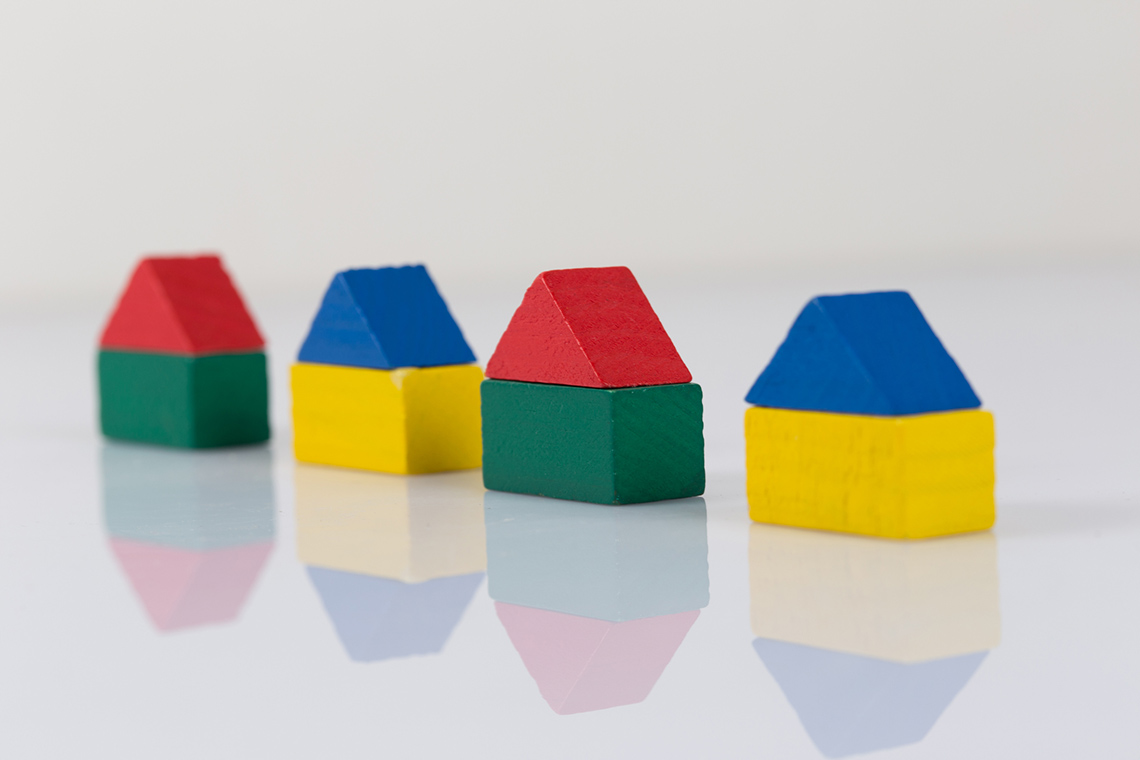Minds On
What is a pattern?
Let’s think about these questions together:
- What is a pattern?
- Where can you find patterns in the world around you?
- Are there patterns on clothes?
Mr. Unpredictable
The Odd Squad needs to figure out a pattern! Access the following video “Mr. Unpredictable” to see how the Odd Squad solves the pattern.
What are some patterns that the Odd Squad found?
Record your answers in a notebook or a method of your choice. Be prepared to share!
Brainstorm
Brainstorm
What is a pattern?
Brainstorm some examples of patterns and record your thinking using the following fillable and printable Pattern Table or by using a method of your choice.
| My pattern: |
Example: Is something that repeats. |
Press the ‘Activity’ button to access Pattern Table.
Action
Attribute patterns
Attributes are things such as colour, texture, shape, and sound.
We could have a shape pattern, such as the following example:
If we have a texture pattern, what might that feel like?
If we have a sound pattern, what could that sound like?
LOUD, LOUD, soft, soft, LOUD, LOUD, soft, soft, LOUD, LOUD
Can you come up with a pattern of your own using one of these attributes?
You can create your pattern using the following fillable and printable Attribute Pattern Chart. You can also make your pattern in your notebook or use another method of your choice.
Attribute pattern chart
Create your own pattern in the following chart. Fill in the attribute in the “My attribute” box and create your pattern in the “My pattern” box. You can write out your patterns or print this chart and draw your patterns.
| My attribute |
|---|
|
For example: shape, colour, orientation, sound, texture, size, number |
| My pattern |
|---|
Press the ‘Activity’ button to access Attribute Pattern Chart.
Let’s explore more patterns!
The following images display other examples of patterns:

Create a pattern
Now it’s your turn!
Find some objects around you to create three different patterns. You can also create and record an audio pattern with music, words, or other sounds.
Be sure to use a different attribute for each pattern.
Here’s an example:
The attribute is size: big cube, small cube, big cube, small cube.
Student Success
Think-Pair-Share
Answer the following questions with a partner (if possible) or your teacher:
- How can you describe the patterns you created?
- What do you notice about your patterns?
- What attributes changed in each of your patterns?
Record your ideas in a notebook or a method of your choice.
Note to teachers: See your teacher guide for collaboration tools, ideas and suggestions.
Consolidation
Pattern review

Reflect on what you learned about patterns by answering the following three questions:
- What is a pattern?
- Where can you find patterns around you?
- Share an example of a pattern and describe what makes it a pattern.
Record your answers using the method of your choice.
Reflection
How do you feel about what you have learned in this activity? Which of the next four sentences best matches how you are feeling about your learning? Press the button that is beside this sentence.
I feel...
Now, record your ideas about your feelings using a voice recorder, speech-to-text, or writing tool.